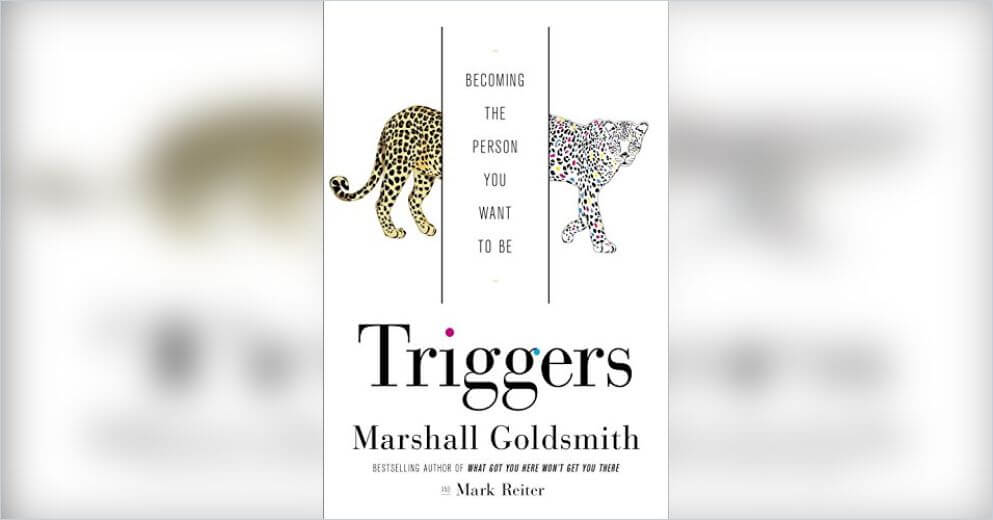Before attending the Million Dollar Consulting Convention in March, I didn’t know who Marshall was. The name sounded familiar…it turns out he was co-author on a couple books I bought while completing my degree in organizational psychology. I received a copy of his latest book at the convention. It did not capture my attention.
His speaking did. DEEPLY. He deserves all of the accolades he receives about his ability to coach others to a higher level of performance. In his hour I learned a LOT. I could scarcely take it all in. What stood out most was his encouragement to ‘stop trying to win and let it go.’ That way you can focus your energy on the stuff that matters.
The following week I read the book in three sittings. It is full of good stuff, but still an easy, enjoyable read, with big thanks to his co-author Mark Reiter (Marshall says Mark does all the writing. Marshall is the ‘idea guy’).
Killer Concepts
The environment ‘sets us up’ all the time. Becoming aware of how and why we are triggered by elements of our environment – both physical and relational – is the first step in taking back control of ourselves. We need to stop blaming situations and other people for our reactions and begin intervening in our automatic responses. The concepts are not new, but the way they are presented is captivating and inspiring.
Pick a behavioural goal. List the people and situations that influence the quality of your performance in relation to that goal. Categorize those triggers as productive/counterproductive and encouraging/discouraging on a 2×2 matrix. Now, adjust:
- Eliminate things you don’t need
- Accept the things you can’t eliminate
- Preserve what is good and productive/encouraging
- Create/add new elements that are productive and encourage
To achieve our goals, we must be mindful of our ability to exercise self-controls shifts through the day, and through different situations. The planner at the beginning of the day is not the same person who has to achieve the goals at the end of the day. We run out of energy to make the best decisions and exercise self-control.
“The impulse to always engage rather than selectively avoid is…one of the most common behavioral issues among leaders: succumbing to the temptation to exercise power when they would be better off showing restraint.”
Next, several great insights are discussed regarding employee engagement. For too long the focus has been on how the organization can engage employees, rather than asking employees how they can engage their work. Six key questions are offered that get at the heart of engagement:
- Did I do my best to set clear goals today?
- Did I do my best to make progress towards my goals today?
- Did I do my best to find meaning today?
- Did I do my best to be happy today?
- Did I do my best to build positive relationships today?
- Did I do my best to be fully engaged?
To get the best performance out of yourself, imagine that you will be tested on your engagement level in each situation you encounter.
Goldsmith challenges us to ask these 6 questions (and suggests we add more that are important to us) every day. His research indicates most people cannot sustain the discipline of asking them every day for two weeks. But those that do (I’m pleased to say I completed the exercise) find they have begun bettering themselves and enjoying a more positive life experience. It has had an impact on me!
There’s even more goodness, particularly the concepts of AIWATT and “It’s always an empty boat”. These nuggets have strengthened my confidence in letting go of things that used to drive me nuts or make me angry. In most, if not all of those cases, I’ve expended way more emotional energy than the situation warranted, or when everyone else had already moved on.
“When we dive all the way into adult behavioral change – with 100 percent focus and energy – we become an irresistible force rather than the proverbial immovable object. We begin to change our environment rather than be changed by it. The people around us sense this. We have become the trigger.”



